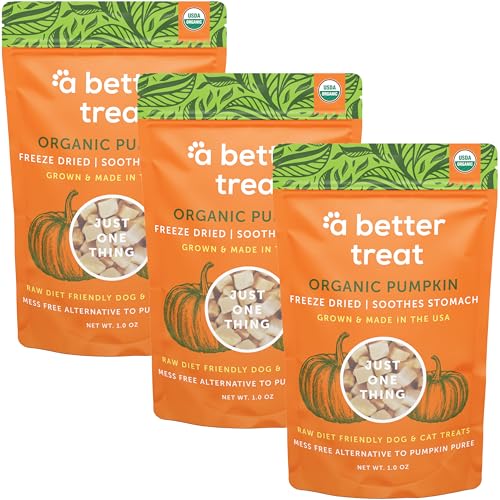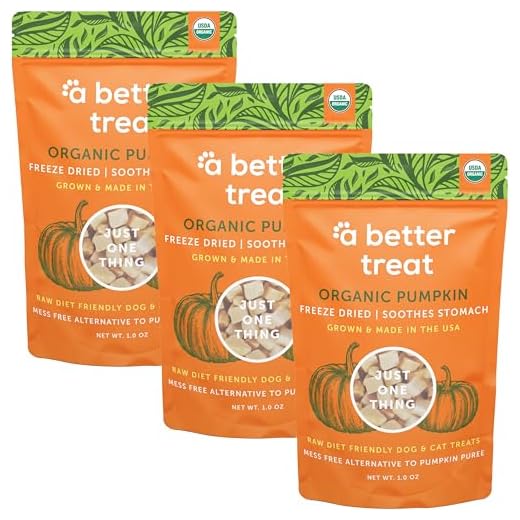As a curious Scottish Fold, I often explore what’s safe and enjoyable for my feline friends. It’s a clear fact that citrus fruits pose significant risks to our health. While some humans may enjoy the zesty flavor of these fruits, their acidic nature can lead to gastrointestinal distress in us kitties.
Consumption of citrus can result in symptoms such as vomiting, diarrhea, and even lethargy. The oils in the peel and the juice contain compounds that are toxic to our sensitive systems. It’s best to keep these fruits out of our reach to avoid any unfortunate mishaps.
If you’re looking for safe treat alternatives, consider options like cooked chicken or fish, which are far more appealing and healthy for us. Always consult with a veterinarian if you’re unsure about what’s appropriate for your diet. Keeping our meals safe ensures we stay happy and playful!
Are Lemons Safe for Cats?
Those bright yellow fruits aren’t a good choice for me or my feline friends. The citric acid and essential oils found in these fruits can cause gastrointestinal upset, including vomiting and diarrhea. Even a small amount can lead to discomfort.
It’s wise to keep anything citrus-related out of reach. If you notice any signs of distress after accidental ingestion, it’s best to consult a veterinarian. Always prioritize our health and well-being–there are plenty of safe treats that won’t cause any trouble.
Understanding the Toxicity of Lemons for Cats
Consumption of citrus fruits, particularly the ones in question, poses significant health risks for felines. The presence of compounds like psoralen, essential oils, and citric acid can lead to adverse reactions in our furry friends.
Symptoms of Toxicity
- Vomiting
- Diarrhea
- Drooling
- Difficulty breathing
- Skin irritation
If any of these signs are observed after accidental ingestion, immediate veterinary care is advised. Prompt action can prevent serious complications.
Preventive Measures
- Keep all citrus fruits out of reach.
- Educate family members about the dangers of feeding such fruits.
- Provide alternative treats that are safe and healthy for pets.
For those interested in the safety of their pets in outdoor spaces, understanding how does the wireless dog fence work can be beneficial.
Always prioritize the well-being of your companions by being informed about what they can and cannot consume.
Symptoms of Lemon Poisoning in Cats
If a feline friend consumes any part of a citrus fruit, it’s crucial to watch for signs of distress. Symptoms that may arise include vomiting, diarrhea, and excessive drooling. These reactions can indicate that the digestive system is struggling to cope with the toxins present in that fruit.
Additionally, a cat might exhibit signs of lethargy, weakness, or even tremors. These symptoms suggest that the body is experiencing more severe effects from the ingested substance. Cats may also show signs of abdominal pain, which can manifest as a reluctance to move or a hunched posture.
If you notice any of these indicators, it’s wise to consult a veterinarian immediately. Quick action can make a significant difference in recovery. Always keep an eye on your furry companions and prevent them from accessing potentially harmful items in the home.
What to Do if Your Cat Eats Lemon
If you find yourself in a situation where your feline companion has ingested a citrus fruit, immediate action is needed. First, assess how much was consumed. A small bite might not cause significant issues, but caution is necessary.
Here’s what to do next:
- Observe any immediate reactions. Look for signs of distress, such as excessive drooling, vomiting, or lethargy.
- If your buddy shows any of these symptoms, contact your veterinarian without delay. Provide them with details about the amount eaten and the time of ingestion.
- Do not induce vomiting unless instructed by a vet. This could cause more harm than good.
- Keep your furry friend hydrated. Offer fresh water to help flush out any toxins.
- Monitor their behavior closely over the next few hours. Changes in appetite or energy levels should be noted and reported to your veterinarian.
Prevention is key! Ensure that your living space is free from any harmful foods. Creating a safe environment can be as simple as investing in a best catio for cats to keep your curious pal away from potential dangers.
Safe Alternatives to Lemons for Cats
If you’re looking for feline-friendly flavors, consider using pumpkin. It’s nutritious and can aid digestion. This orange delight is often enjoyed by many kitties, and it’s great for their tummy!
Blueberries are another excellent option. These small fruits are rich in antioxidants and vitamins. Many of my friends love the sweet taste, and they make a fun snack during playtime.
Carrots, when cooked and cut into small pieces, can also be a hit. They provide a crunchy texture that some furballs find irresistible. Just make sure they’re soft enough to chew.
For a refreshing treat, try cucumbers. They’re hydrating and have a mild flavor. Just slice them thinly, and watch your furry companion nibble away.
Lastly, consider catnip or cat grass. These are not only safe but also entertaining for us. They provide mental stimulation and a tasty experience without any risks.
Preventing Access to Lemons and Citrus Fruits
Keeping these fruits out of reach is crucial. Store them in cabinets or high shelves, ensuring curious paws can’t get to them. Use secure containers with tight lids for leftovers. Consider using child-proof locks on cabinets where these items are stored.
When shopping, avoid leaving bags unattended where I can investigate. If you have a fruit bowl, place it on a countertop that’s inaccessible to me. Regularly check for any dropped pieces around the house, especially in places I frequent.
Educate family and friends about the potential dangers associated with these fruits. Ensure everyone knows not to offer me any snacks or treats that might contain citrus. Communication is key to keeping me safe.
In gardens, be cautious with plants that bear citrus fruits. Choose non-toxic alternatives and ensure any citrus plants are secured, preventing my sneaky explorations. Always prioritize my well-being in your home and garden arrangements.
By being proactive and vigilant, you can create a safe environment that keeps me away from harmful items.
Consulting Your Veterinarian About Your Cat’s Diet
Regular veterinary consultations are a must for any feline companion’s nutrition. It’s essential to discuss dietary preferences and restrictions with a professional who understands the unique needs of our kind. They can help tailor a feeding plan that avoids harmful substances like citrus fruits.
When visiting the vet, bring a list of all foods your human offers. This ensures comprehensive advice on which items are beneficial or harmful. Mention any recent changes in my diet or behavior, as these can provide insight into dietary impacts.
| Key Questions to Ask | Purpose |
|---|---|
| What foods should I avoid? | Identify potential hazards in my diet. |
| Which ingredients are safe? | Ensure my meals are nutritious and safe. |
| How do I recognize food allergies? | Learn to identify adverse reactions. |
| Can I have treats, and which ones are best? | Find healthy snack options. |
Maintaining open communication with the vet allows for adjustments as needs evolve. Regular check-ups not only assess physical health but enable ongoing dietary evaluations. This way, my meals remain safe and delicious, ensuring I thrive. Always prioritize professional guidance over online advice for dietary questions.









